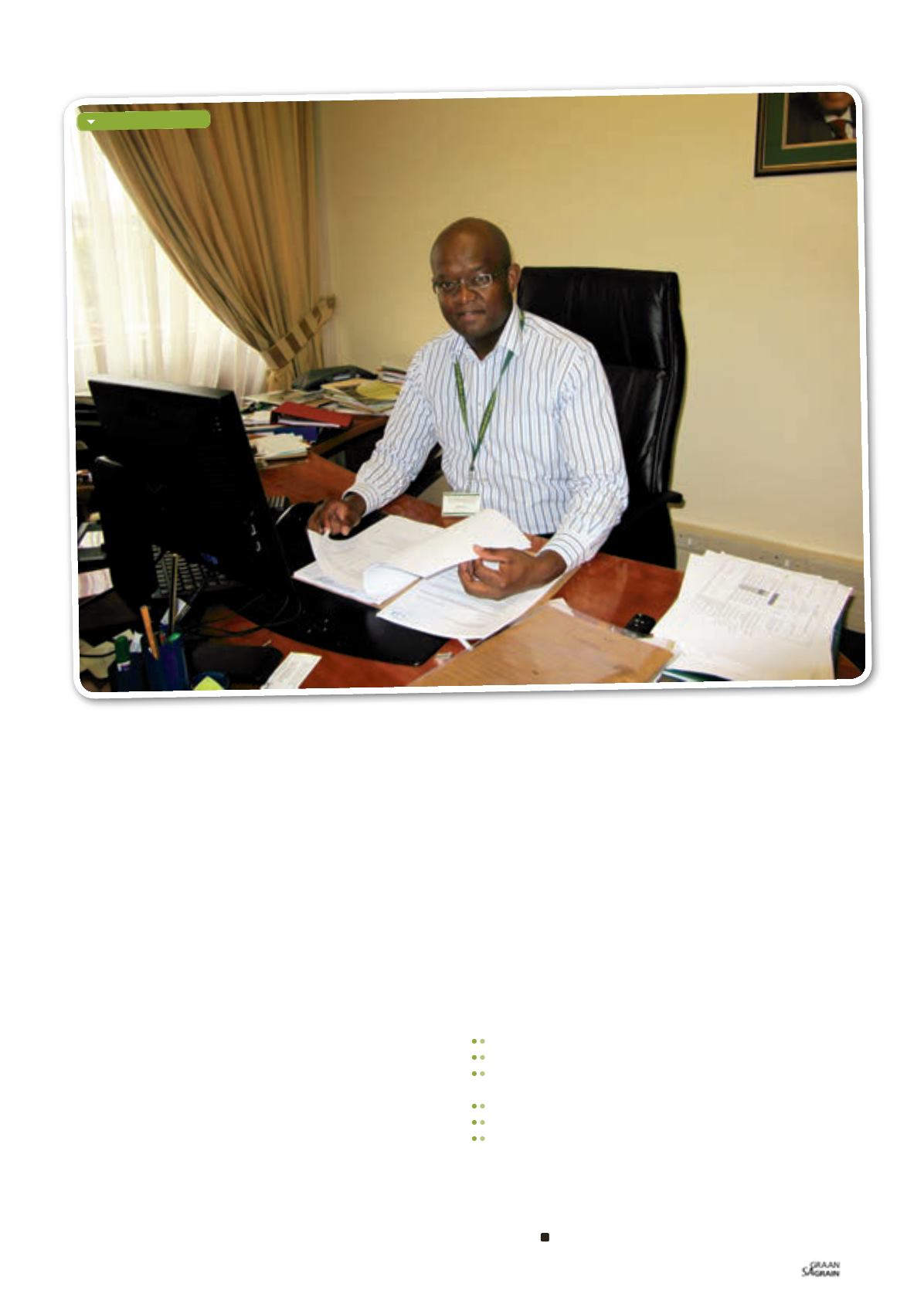
111
March 2014
“But you also have to keep up with the latest in this fast-moving
technology.”
To keep sane in his stressful world, Jaftha has become quite involved
in his community, where there is a lot of work to be done to better
the lives of the less privileged. “I also do a bit of road-running over
weekends when I find the time and can finish a 10 km distance
reasonably comfortably. But I am no Bruce Fordyce by a long shot!”
he adds jokingly.
He is at his happiest when he knows that he has done his best in his
work and all other areas that he’s involved in. “Even more so when I
can see the impact of my actions,” Jaftha says.
Looking back, he says that he enjoyed his years at the University
of Pretoria, which started soon after South Africa’s universities
were opened to all race groups. “There weren’t any major hiccups,
confirming that the vast majority of people are positive about
justice to everyone. I believe in a common humanity which allows
us to learn from each other irrespective of rank or status. That is
why I really admire Martin Luther King for campaigning for African-
American civil rights.”
His own strong belief in righteousness definitely adds to the fact
that the legal profession intrigues him. Jaftha admits that: “If I didn’t
become a scientist, I probably would have studied law.”
The multidisciplinary evaluation process that has to be followed for
each new application, includes several legal aspects. Specific GMO
activities that are approved by the executive council, are regulated
by way of permits and accompanying permit conditions and are
monitored for compliance.
South Africa is a contracting party to the Convention on Biological
Diversity, endorsing the Cartegena Protocol on Biosafety for the safe
transfer, handling and use of GMOs. This implies that appropriate
legal, administrative and other relevant measures need to be in place
to implement the provisions of the Protocol. The country’s GMO Act
is aligned to the Protocol.
The GMO Act
“South Africa has approved the commercialisation of GM maize,
cotton and soybeans under the GMO Act,” says Jaftha. “These three
crops have been modified either for insect resistance and/or her-
bicide tolerance. Various field trials continue for new developments.”
GMO activities also include trials of vaccines for humans (TB and
HIV).
The objectives of the GMO Amendment Act, which was implemented
in 2010, are:
To ensure activities relating to GMOs are carried out responsibly.
Proper import, export, production, use, release and distribution.
To limit the adverse impact on the environment and human/
animal health.
The effective management of waste.
Measures to evaluate and reduce potential risks.
Risk assessment according to specific criteria.
“The world of genetically modified organisms is a world where
several scientific disciplines converge: Biotechnology, allergenity,
bacteriology, entomology, food toxicology, genetics, molecular
biology and virology, to name but a few,” says Jaftha. “It is a fascina-
ting world.”
Dr Julian Jaftha


